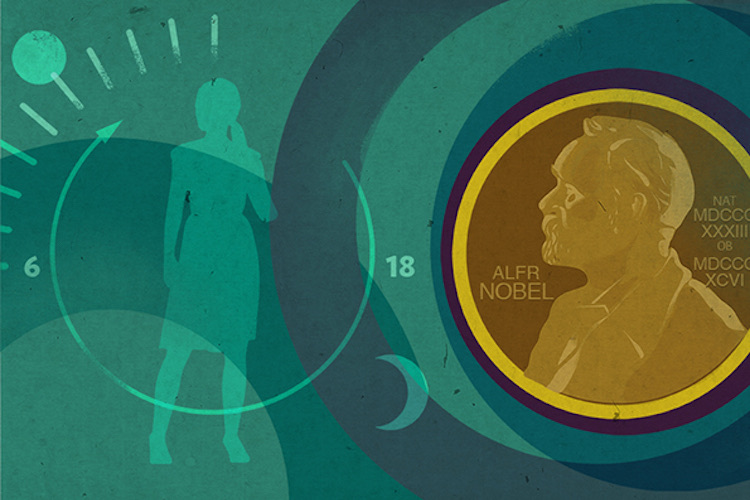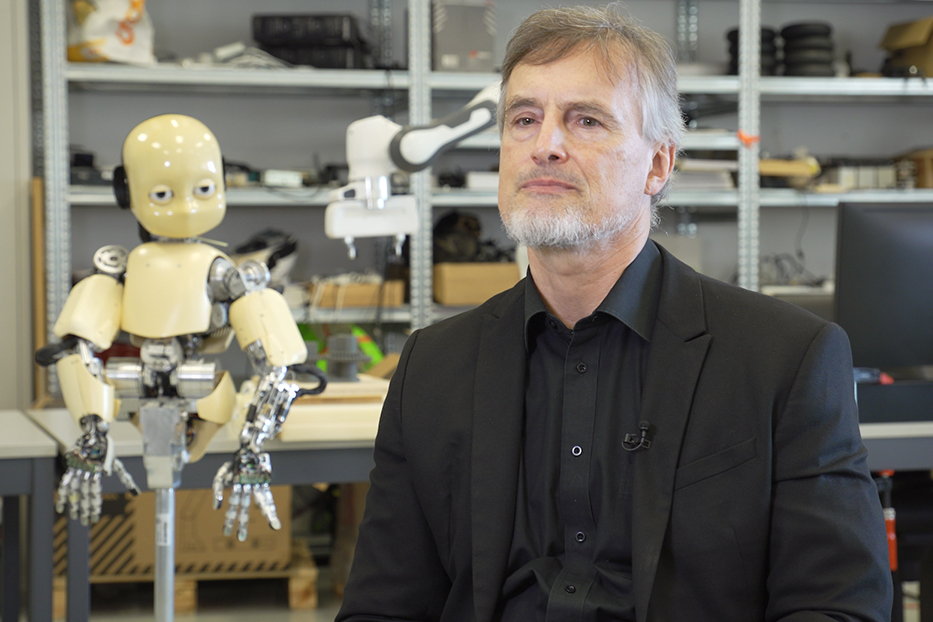Nobel Prize in Physiology or Medicine 2015
Pathobiologist Juergen Richt explains the significance of the studies for which the 2015 Nobel Prize in Physiology or Medicine was awarded
news | October 13, 2015

In 2015 the Nobel Prize in Physiology or Medicine was divided between Youyou Tu, who investigated treatments against malaria, and Dr. William Campbell and Professor Satoshi Ōmura, whose studies were aimed at developing treatment for parasitic infections. We asked one of our authors, Professor Juergen Richt of the Kansas State University, to comment on this piece of news.
The 2015 Nobel Prize awards in Medicine and Physiology are exciting for many reasons. The three recipients—two microbiologists and a pharmacologist—all working with natural compounds, developed therapies to fight various parasites, making remarkable contributions to human and animal health. This linking of human, animal and environmental medicine, known as “One Health” has become an essential focus in effective medical research and practice.
The pharmacologist, Youyou Tu, aged 84, at the China Academy of Traditional Chinese Medicine in Beijing, won half of the $960,000 prize, becoming the first science Nobel winner from China who had worked solely in China for her entire career. Professor Tu’s work led to the drug Artemisinin which has significantly reduced death rates from malaria. The other half of the prize is shared between Dr. William Campbell, aged 85, Research Fellow Emeritus at Drew University in New Jersey, and Professor Satoshi Ōmura, aged 80, of Tokyo University, whose combined work led to the drug Avermectin active against a broad range of nematodes and arthropod parasites.
The ages of the three recipients—all in their eighties—indicate that the Nobel Committee of the Karolinska Institutet in Stockholm is increasingly willing to wait until the practical effects of medical discovery are clear. As Nobel Prizes are awarded only to living persons, there is an intriguing reality that many of those who are deserving of Nobel Prizes will not receive them before death intervenes. Professor Tu investigated the anti-malarial properties of some 2,000 herbal preparations and credited the 4th century Chinese physician and herbalist Ge Hong for his work elucidating that an extract made from the sweet wormwood shrub Aterisia annua could be used to treat malaria. This early work led Professor Tu to use modern laboratory techniques to guide her team to the discovery of the anti-malaria drug Artemisinin.
Professor Ōmura identified a compound in a bacterium living in a soil sample which was toxic to roundworms, while Dr. Campbell and his colleagues isolated the active ingredient from the bacterium and developed the parasite fighting drug Avermectin. This drug was subsequently chemically modified to the chemical compound Ivermectin which is widely used to treat parasites in numerous domestic and farm animals, as well as human diseases such as River Blindness and Lymphatic Filariasis with its disabling symptoms of Elephantiasis. Dr. Campbell’s discovery was made in 1975 while working at the U.S. pharmaceutical company Merck. As the Nobel Committee noted: “We live in a biologically complex world which is populated not only by humans and other large animals, but also by a plethora of other organisms, some of which are harmful or deadly to us. . . “. After decades of limited progress in developing durable therapies for parasitic diseases, the discoveries of this year’s Laureates radically changed the situation.
These awards indicate that products derived from the natural world—soil bacteria and herbs—can be developed into medicines that save millions of human and animal lives. The Nobel Committee stressed that the first half of its award was not to traditional Chinese medicine itself, but rather to the original scientific research that led to such an important discovery, significantly reducing deaths from malaria, especially among children Furthermore, it should be noted that the second half of the Nobel went to two individual scientists rather than a pharmaceutical company, indicating that the continued focus of the Committee is on the scientific work and its impact, rather than the marketing of the resulting product. The donation of millions of drug treatments to animals and people in greatest need is an important indication of how those in need might eventually receive a life-saving drug, while a pharmaceutical company still makes a significant profit from the marketing of that drug.
Ivermectin—a highly effective chemically modified compound of Avermectin —is used to treat a variety of parasitic diseases in companion and food animals and in humans. What is striking is that as Professor Ōmura was collecting soil samples from a golf course in Japan, and Dr. Campbell in the United States was investigating the properties of those samples neither could have imagined how significant their work would be many decades later throughout the world.
Underlying these awards and the on-going research is the reality that efficacious medicine in the twenty-first century is carried out by teams of scientists, doctors and nurses grounded in a One Health-based awareness that the environment, human medicine and animal medicine are a seamlessly interconnected web.
If you would like to contribute your own research, please contact us at [email protected]





























